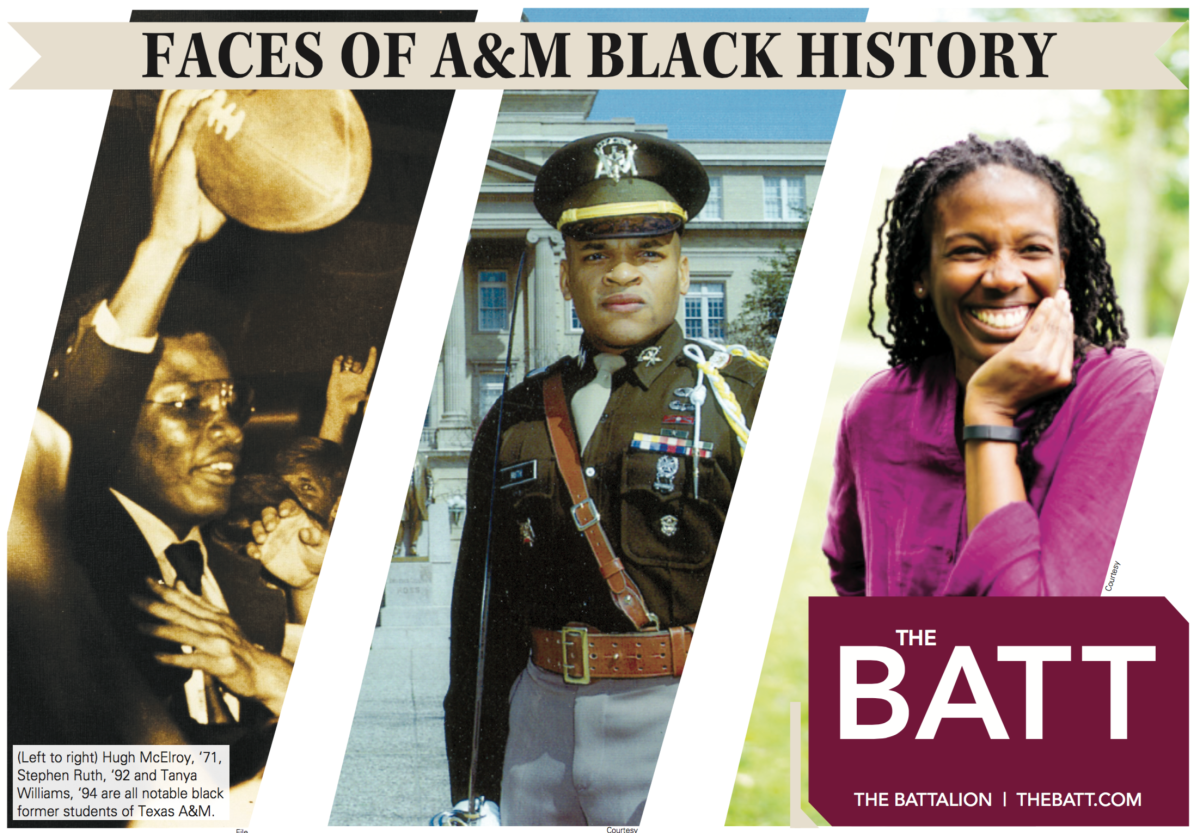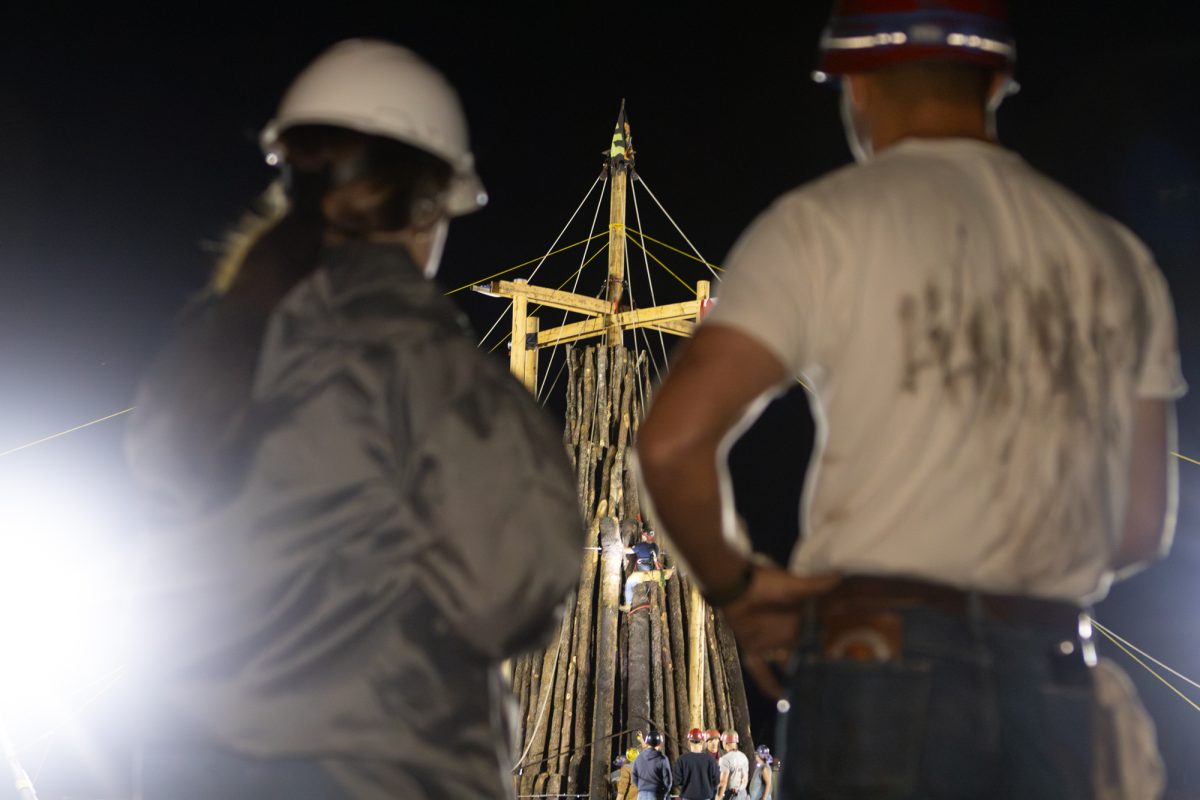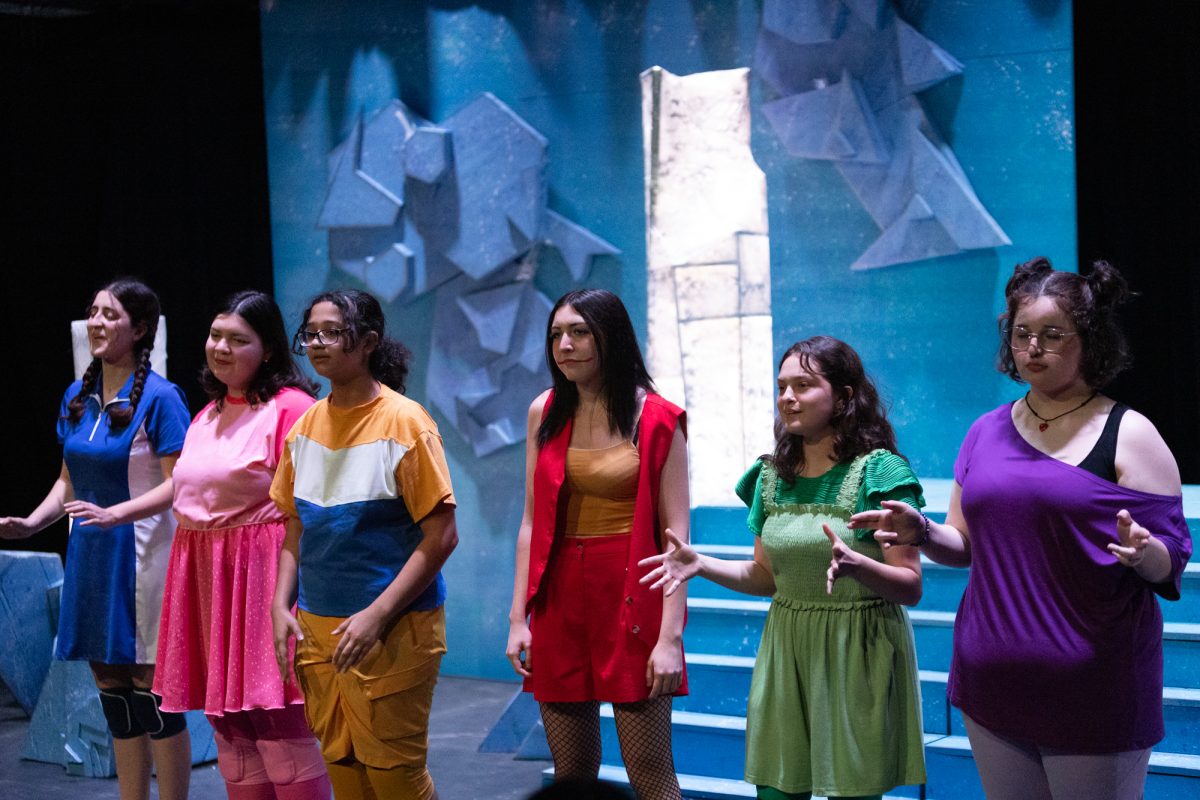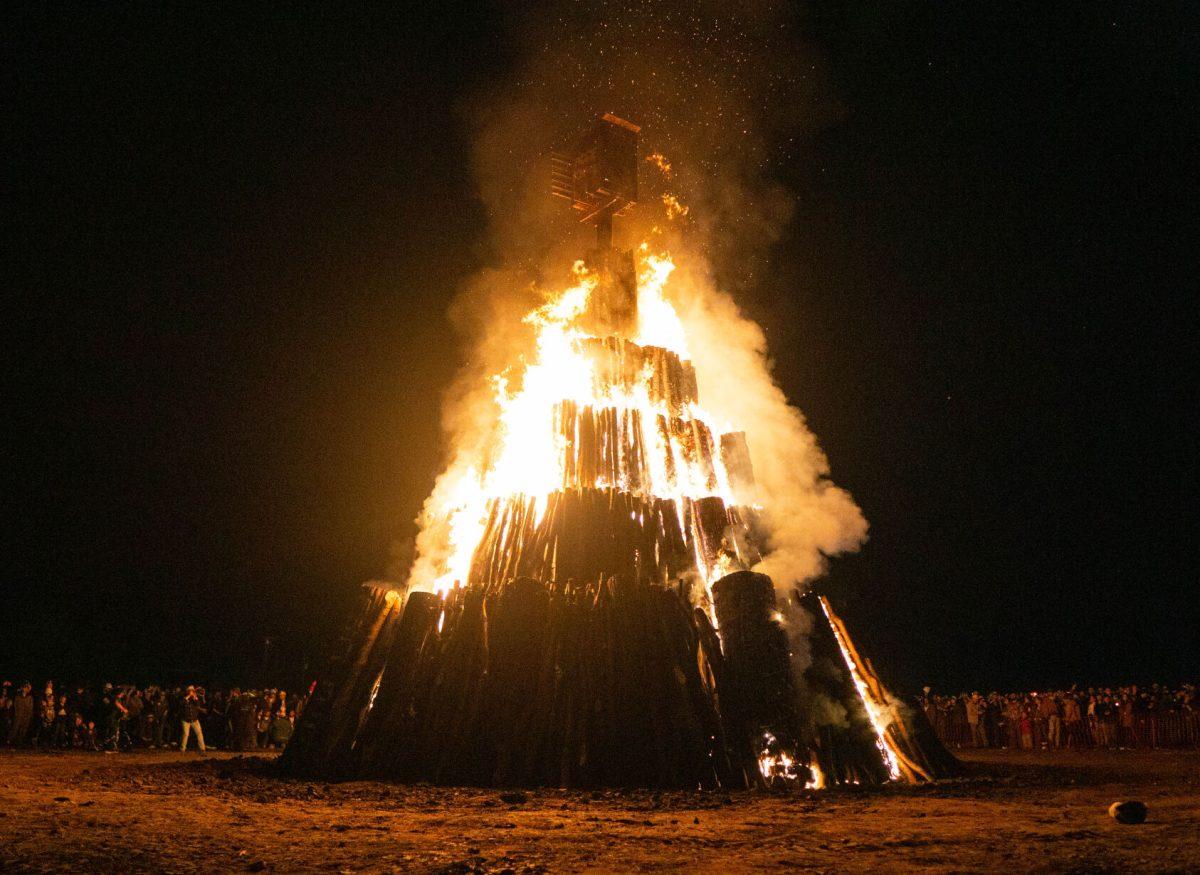In 1963 the first African-Americans enrolled at Texas A&M University. From breaking color barriers to leaving lasting impacts on the university, four former students described their time at Texas A&M and the changes that have come since.
Samuel Williams, Class of 1968, was one of the first incoming African-American freshmen to attend A&M and was one of the first African-American players on the football team. Williams said he had to adjust to being at A&M as one of the few African-American students.
“I was one of the first incoming African-American freshmen to come to Texas A&M so the obstacles were just overcoming the adjustment that Texas A&M had to make,” Williams said. “There were a few [African-American students] when we got there but they were in grad school or on some type of special assignment. You hear things, people say things … I had thick skin, when you’re five or six students out of 89,000 what are you going to do?”
Williams said since he has attended school the campus has changed, but still lacks inclusion.
“It’s grown significantly, obviously, there still seems to be a total lack of what I call inclusion when it comes to minority students,” Williams said. “I’ve been an adviser to three of the presidents so I’ve always told staff … You need to tell your stories more because you’ve got a lot of people of color that are doing a lot of great things for A&M but nobody knows about it.”
Hugh T. McElroy Jr., Class of 1971, was involved in football, track and the organization, now known as the MSC Carter G. Woodson Black Awareness Committee. Through a series of events McElroy went from being on the track team and a member of the Corps of Cadets to joining the football team.
“I began to get a little traction on my football career and I found out that I was the first black [player] to start in A&M Football,” McElroy said. “When we were about to play Rice in 1971 … the featured article about the game had a picture of me and a picture of [my veteran grandfather] and the headline was ‘McElroy’s used to big battles.’”
McElroy said the most prevalent difference in his experience at A&M was coming to a university with a significantly different demographic than his high school.
“The big difference was coming from an all-black high school to A&M — that was completely different,” McElroy said. “You take that and consider that in conjunction with the fact that A&M was different to begin with, there were a lot of majority kids who didn’t fit in at A&M because at that time it was all male … and predominantly military.”
Tanya Williams, Class of 1994, wrote for The Battalion, was a counselor in Transition Camps, was an orientation leader and was chair for the Black Awareness Committee during her time at A&M. Williams said Texas A&M has made great strides since she was a student, but some of the same conversations about race are still present.
“I feel like the institution at the time wasn’t probably doing as much around social justice and inclusion as they are trying to do now so I think as a black African-American on campus it was challenging at times,” Williams said. “I was just on campus at the end of January and I saw the ways that Aggieland has changed.”
Stephen Ruth, Class of 1992, was a member of the Corps of Cadets, Class Councils and was the second African American student body president. Ruth said his time at A&M was welcoming and secure.
“I felt very welcomed on campus, in fact my visit to campus senior year was quite instrumental to my selection to go to A&M because of the warm environment that’s right for a person to grow in a safe and secure environment,” Ruth said. “I only experienced a culture that was consistent to [the] culture that attracted me when I first visited Texas A&M.”
Ruth said he hopes current students find the same growing experience on campus that he did.
“I would hope that students would take this opportunity in their young lives to reach out and get to know each other better,” Ruth said. “To have gone to school at Texas A&M University for four years and not leave a little bit more informed, a little bit more understanding, a little bit more compassionate would be a missed opportunity.”
Faces of A&M black history
February 27, 2017
Photo by File & courtesy
(Left to right) Hugh McElroy, ‘71, Stephen Ruth, ‘92 and Tanya Williams, ‘94 are all notable black former students of Texas A&M.
0
Donate to The Battalion
Your donation will support the student journalists of Texas A&M University - College Station. Your contribution will allow us to purchase equipment and cover our annual website hosting costs.
More to Discover









